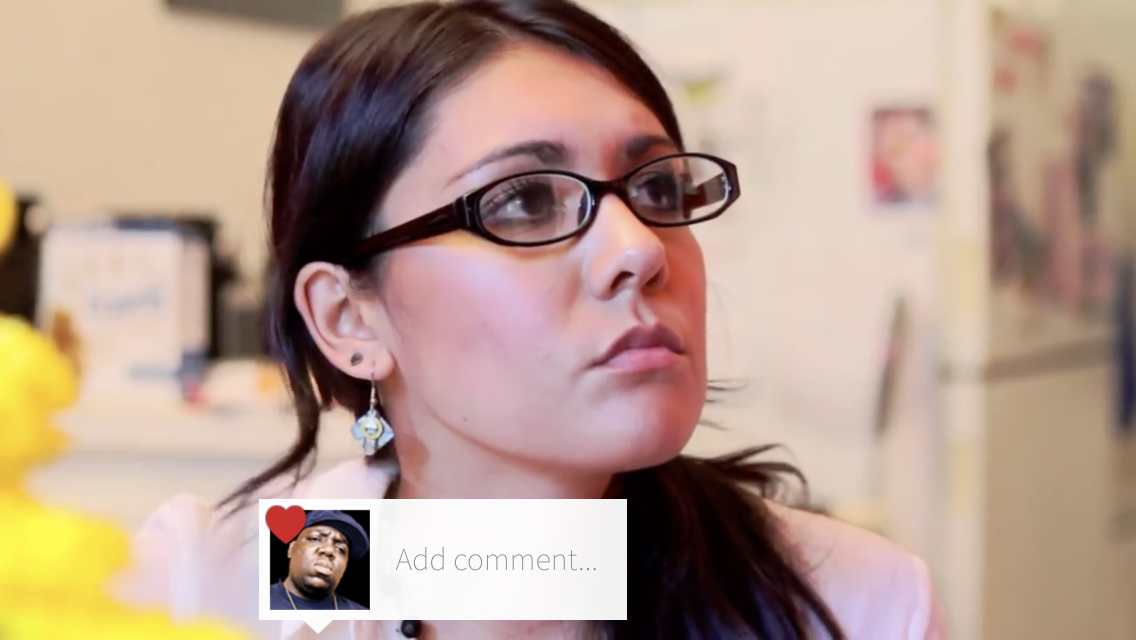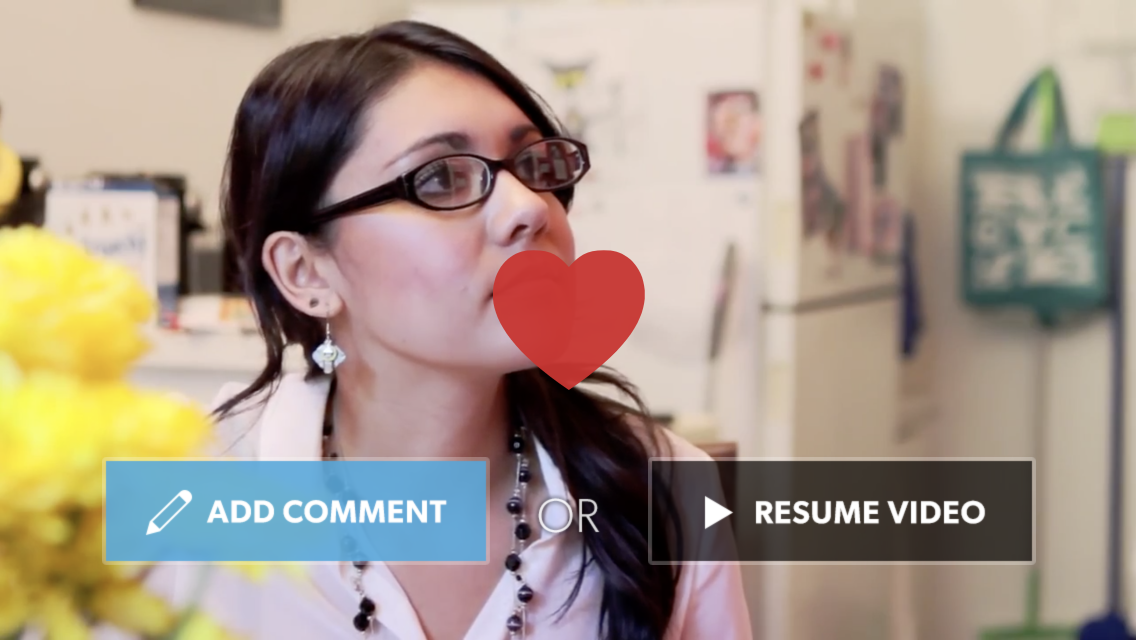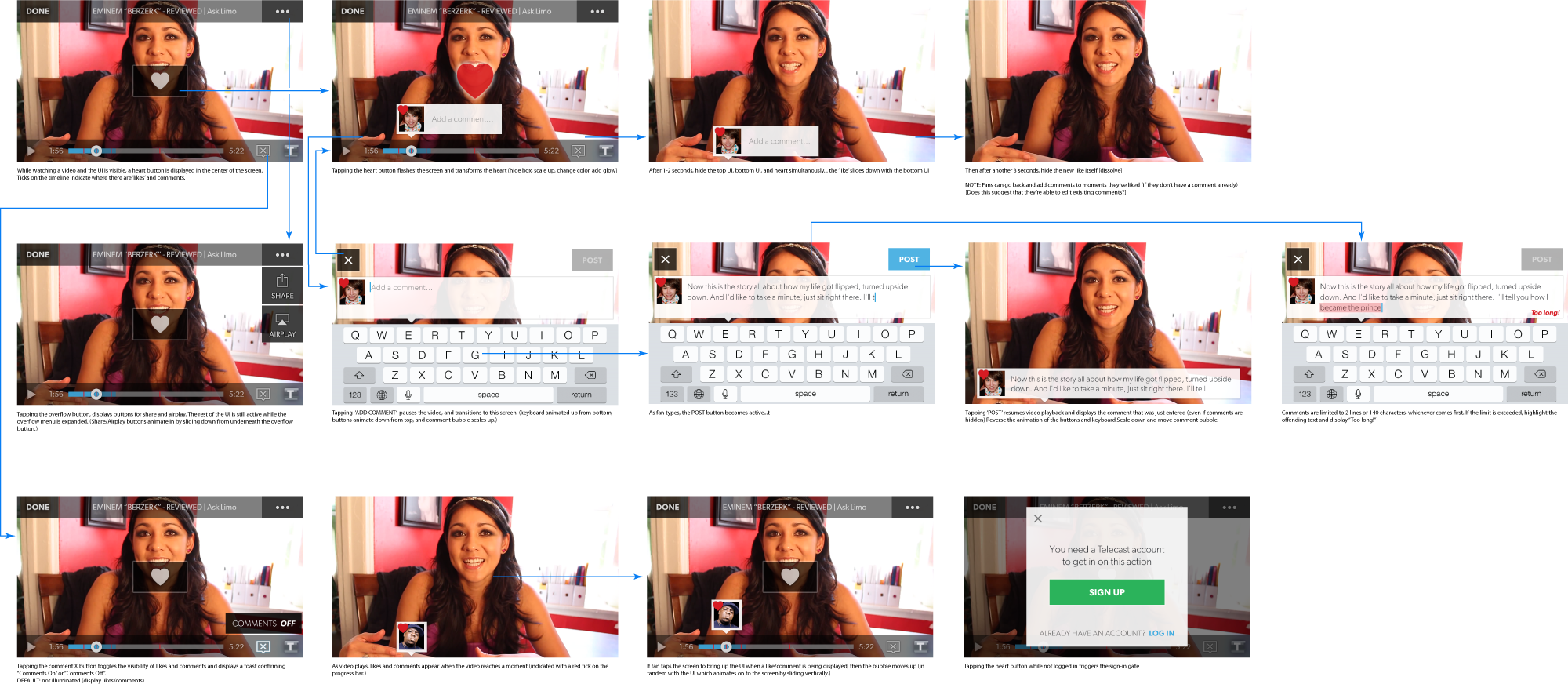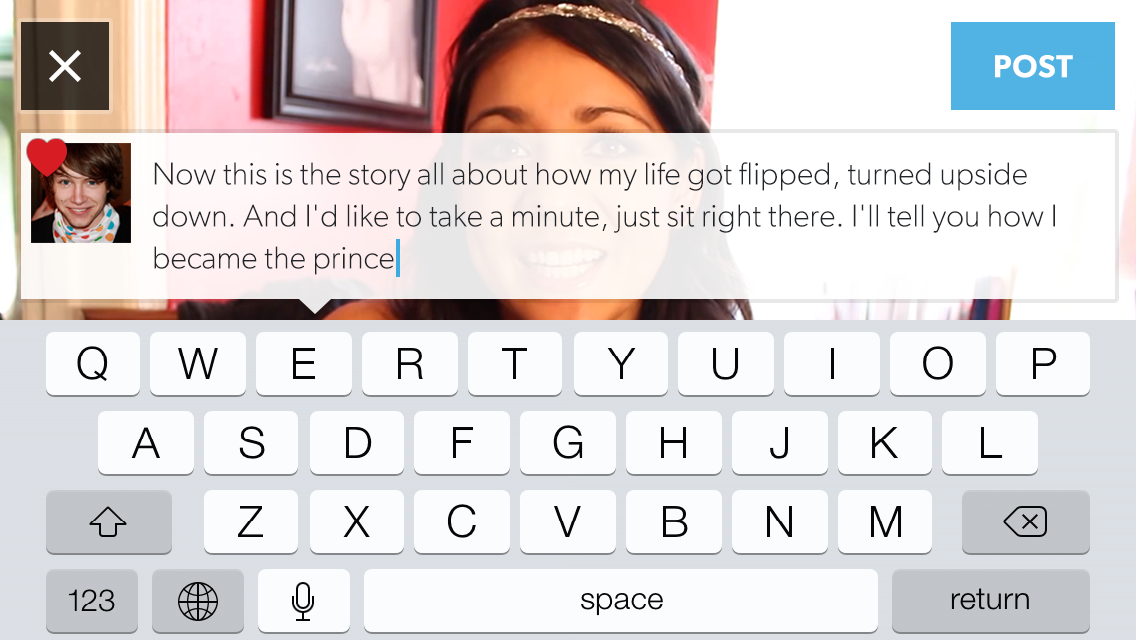BACKGROUND
Prior to my arrival, Telecast was a video discovery mobile app borne out of the Hacker-In-Residence program at Betaworks. I joined when the company (of 2 people at the time) was initiating a pivot away from video discovery. The new direction for the product focused on serving video content creators, who are often lumped into the category of "YouTubers" (although most of our creators were not of the vlogger variety.) The basic notion is that YouTube's origins as a hosting solution for viral videos make it difficult for creators who are trying to find and engage an audience, and ultimately run a business. Telecast set out to change this, by creating a platform optimized for fostering the creator/viewer relationship, automating channel management, and providing more ways to boost earnings.
PROBLEM
After releasing the first version of the new Telecast, we began exploring features that would increase fan engagement, and provide creators with more insight into what aspects of their videos were really resonating with viewers. A system for allowing the audience to react to the video seemed like an easily understandable feature to implement, but as anyone who has scrolled through YouTube comments can attest to, something about their forum brings out the worst in people. YouTube comment sections are filled with people mocking the content, each other, and ultimately detracting from the product experience. How could Telecast provide fans with a means of expressing themselves, while ensuring that content is supportive and creates a sense of community?
DISCOVERY
We started with the idea of reactions as a feedback mechanism that would provide viewers with a means of expression, and provide creators with insight into what viewers were feeling, and when they were experiencing these feelings. Time-based media like video and music have the unique ability to guide perception and emotion in a way that static media cannot. And creators of serial content (e.g. television shows) have the advantage of establishing a vernacular (e.g. recurring characters) that really allows them to hone in a specific feeling to convey. But how do they know when they're hitting their target?
IDEATION
Telecast's "Moments" feature was an exploration of providing audience feedback. Similar to Soundcloud's commenting system, Moments gives reactions context by pinning them to a specific time in the video. Driven by team feedback, early sketches focused on providing a variety of canned reactions.
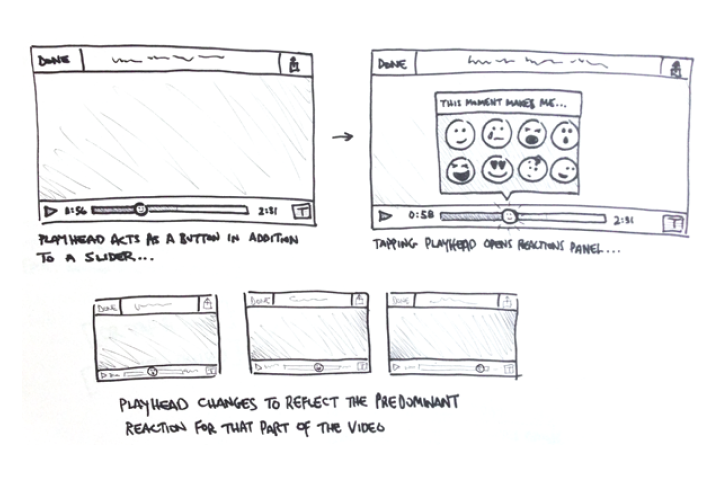
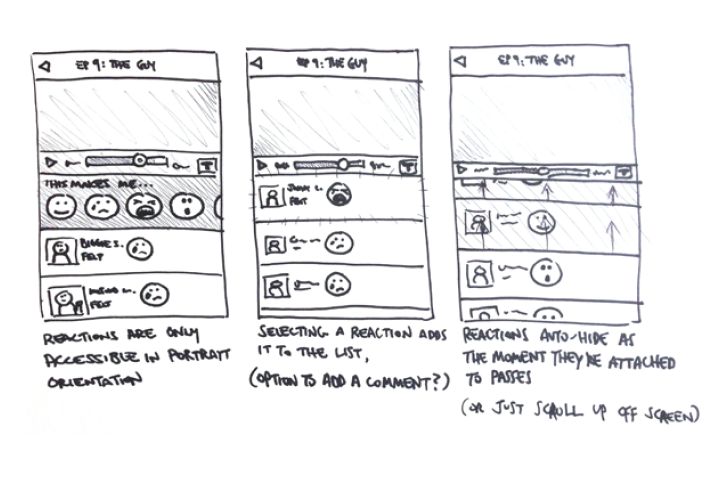
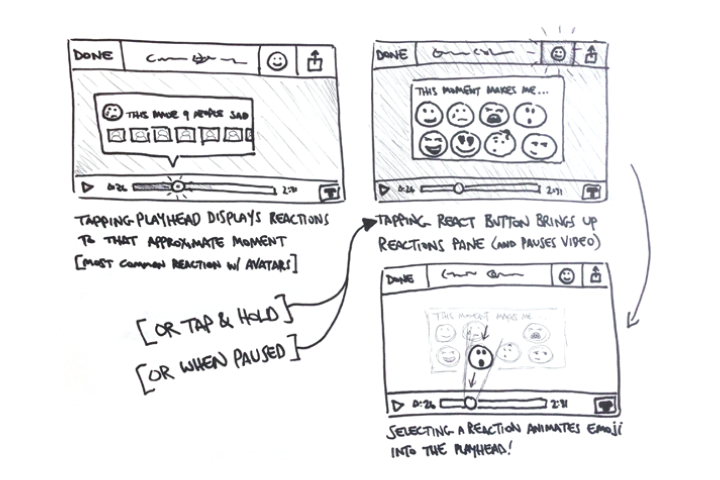
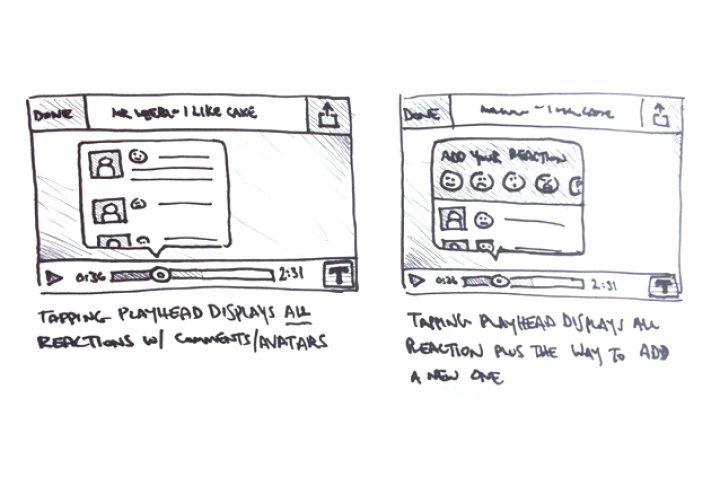
Exploration sketches for the "Moments" feature
But I quickly realized that this direction was leaping too far ahead. If we were trying to test the hypothesis of whether reactions and comments would increase engagement and community, why introduce all this complexity? All we need is one reaction, specifically one of appreciation.
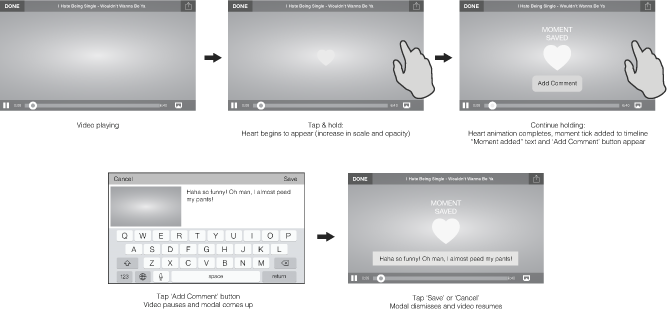
Wireframes for the "Moments" feature
This direction also had the advantage of making "liking" a moment a prerequisite to adding a comment. By framing comments as an addendum to a like, we steer our audience to subconsciously understand that comments are intended to be positive!
PROTOTYPING
I did several iterations on all of the interactions and visual design, but it was difficult to picture the experience from static images. So I built a couple interactive prototypes to test the direction I was considering. The lighter, more passive experience I nicknamed Skim Milk and the heavier, more invasive experience I called Egg Nog.
VISUAL DESIGN
Other Projects
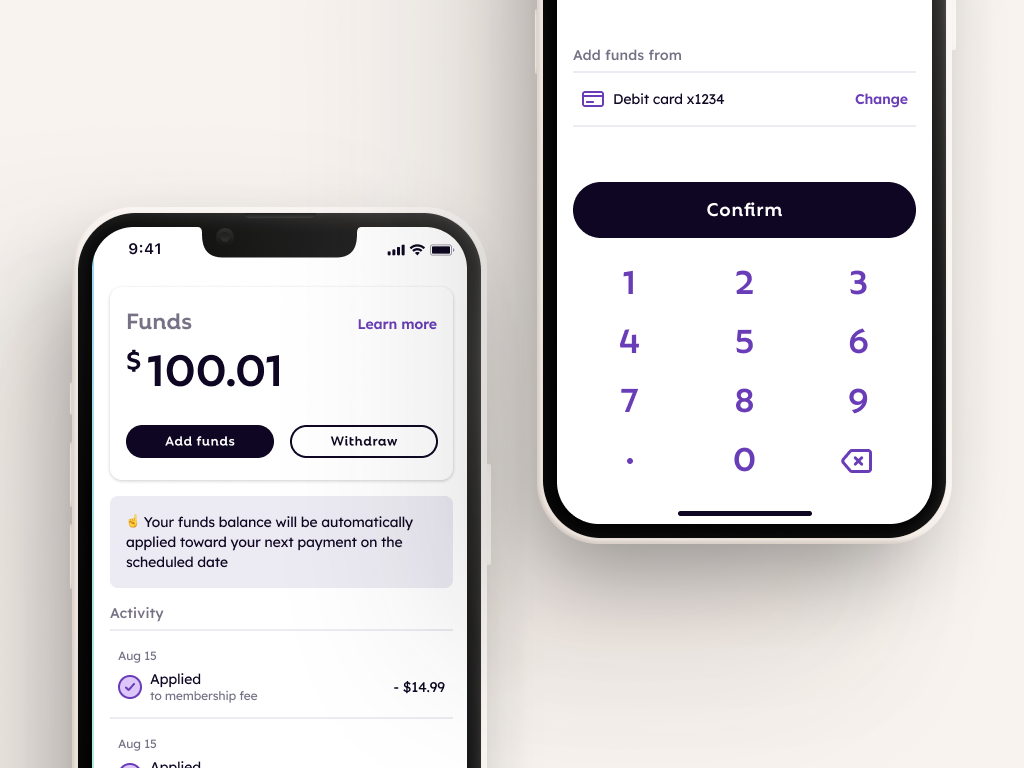
FlexCash Management

AwayWeb homepage
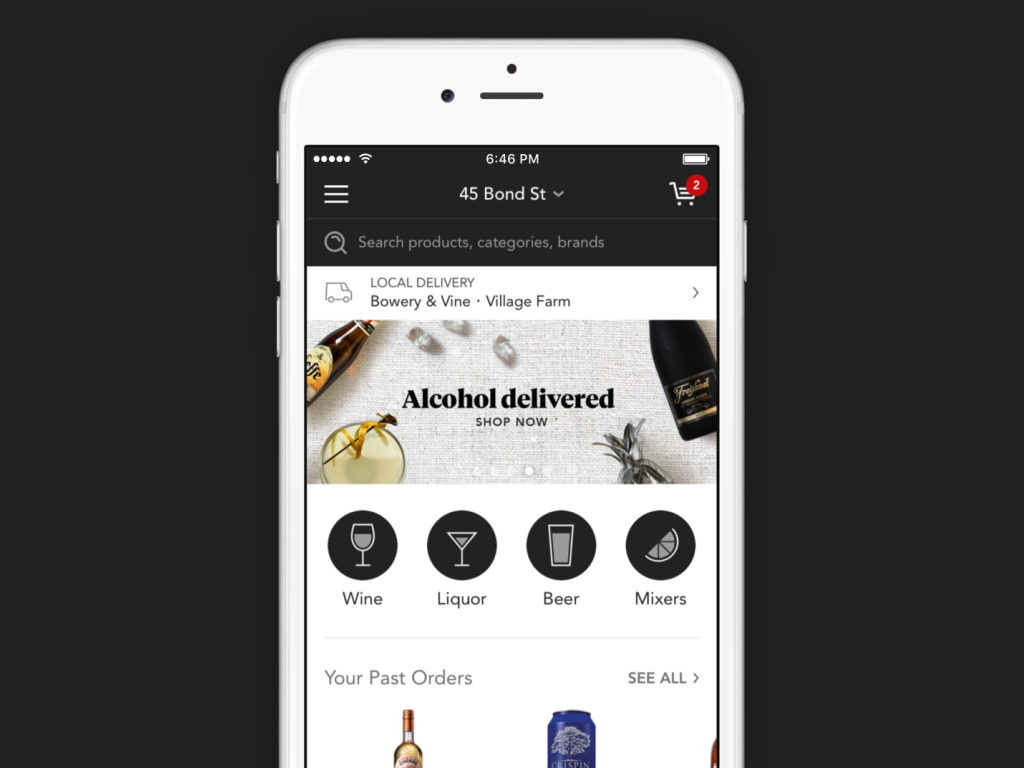
Minibar DeliveryE-Commerce mobile app
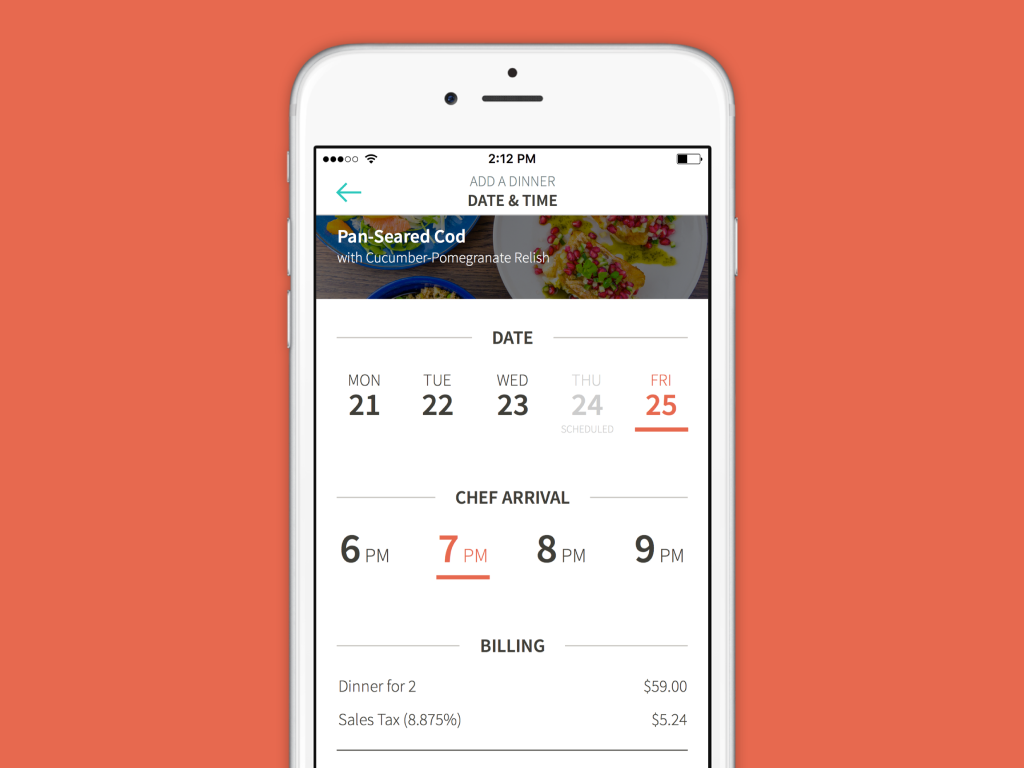
KitchensurfingFood service mobile app
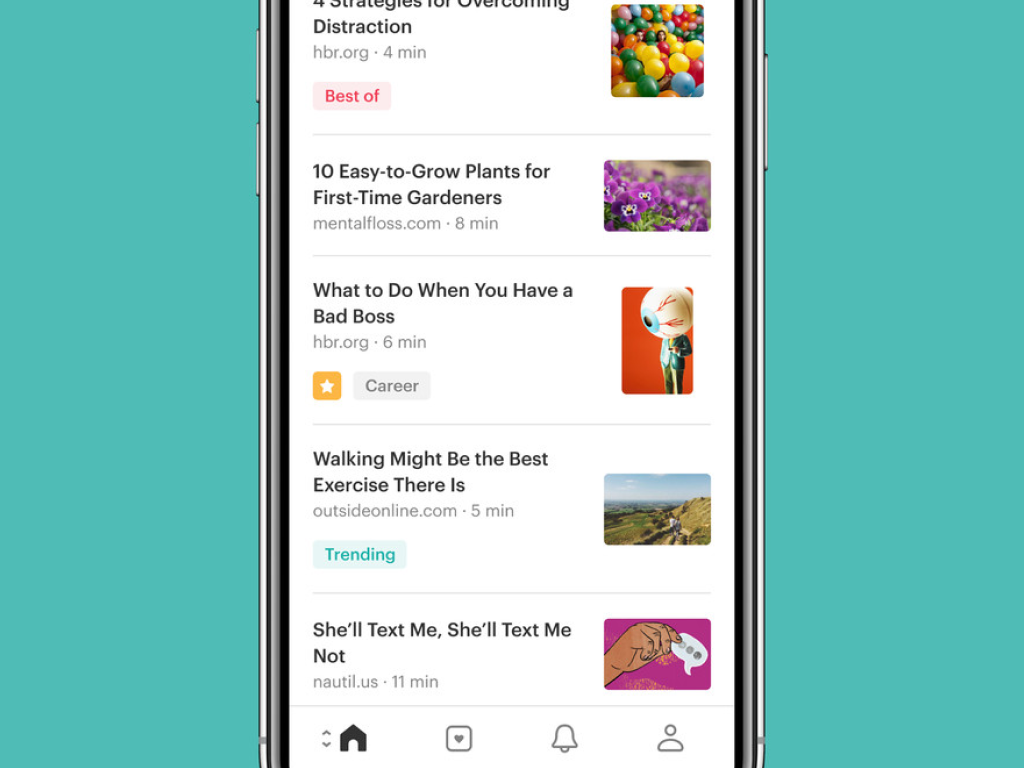
PocketMobile app onboarding
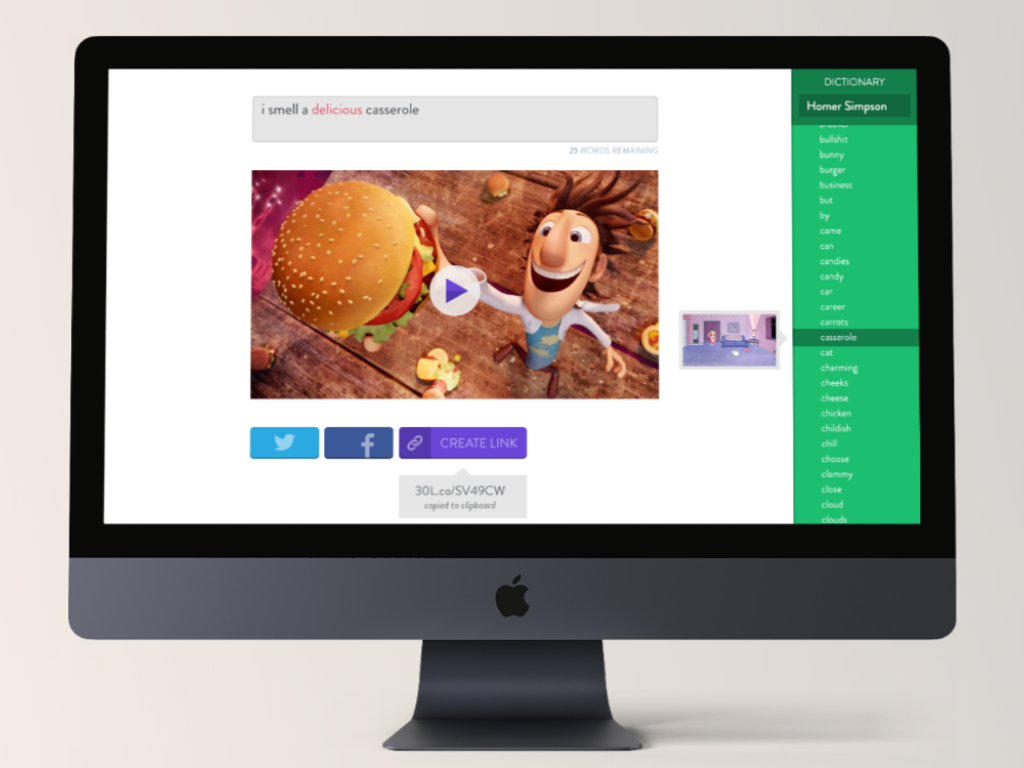
Thirty LabsBeta projects
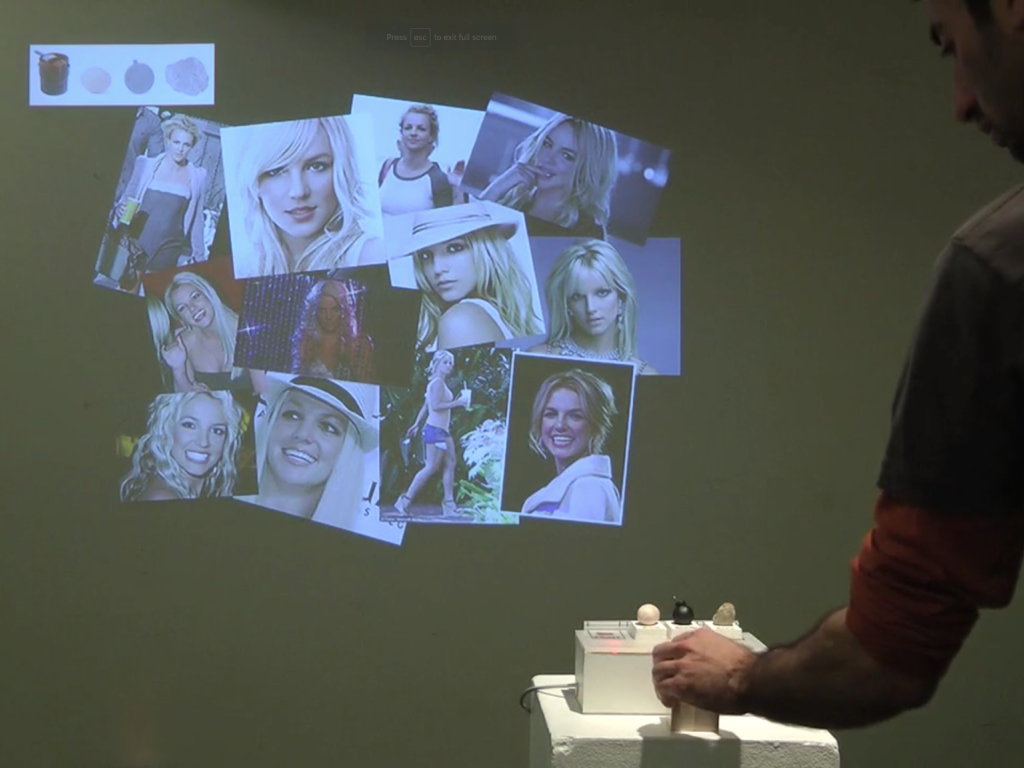
Heartbreaker WallInteractive installation
